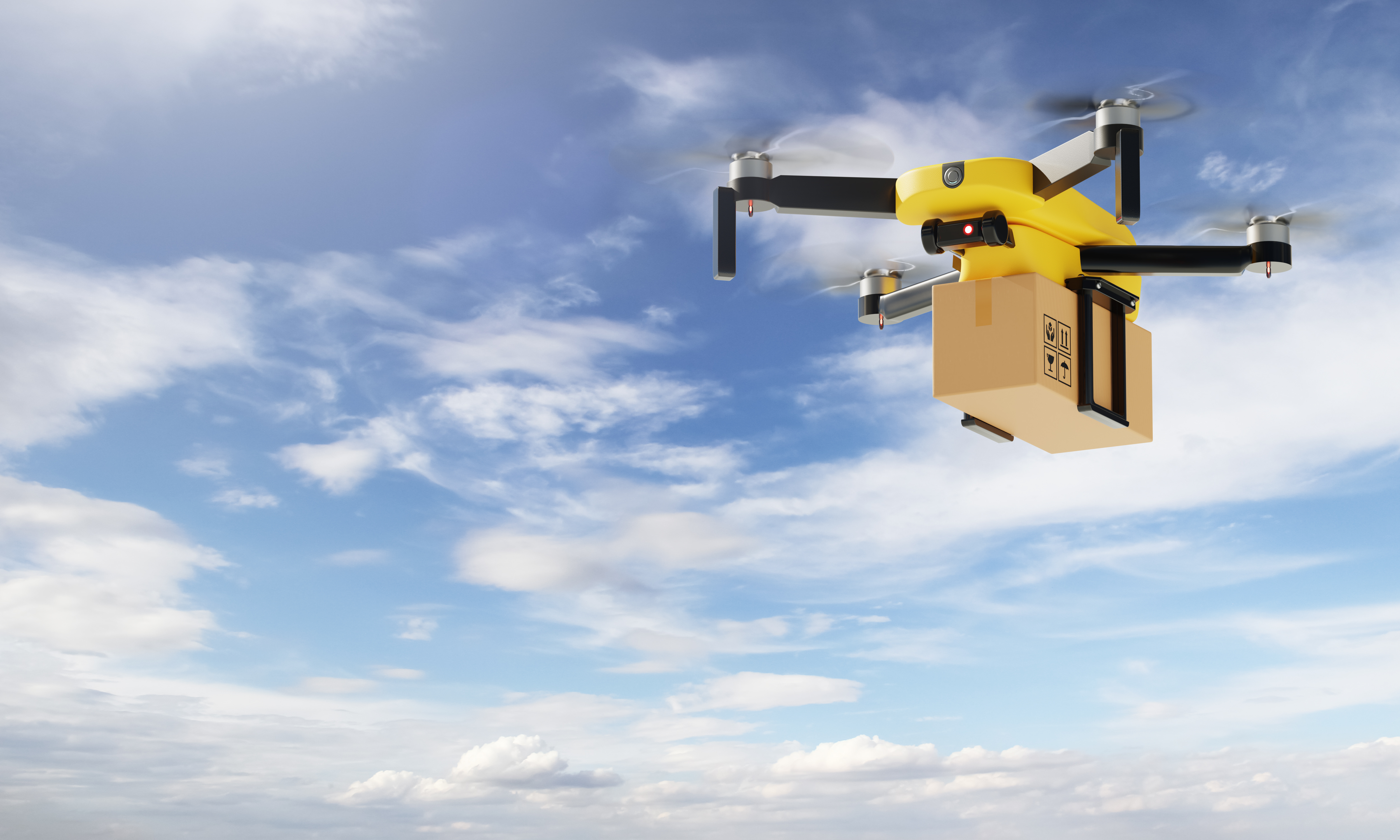In a world built on hidden inequalities, project professionals can make a difference

“There is no such thing as a single-issue struggle because we do not live single issue lives,” Audre Lorde.
When writing this blog, I was asked by APM to consider my experiences as a female project manager and whether I’ve experienced barriers. I actually found it quite difficult to write down. I was left with two fundamental questions:
- How do I know if I’m facing or have faced a barrier? Is it always obvious?
- How do I know why I faced the barrier? Is it clear which part of my identity barriers apply to, or is there multiple and overlapping systemic discrimination?
If I look back at the pain points of my work environment as a project manager, I’ve accepted some as ‘just the way it is’ and found ways around them or adapted myself – whether it’s trying to fit in dropping off and picking up of kids, finding PPE that fits, or being taken seriously in meetings. These are common themes in discussions about gender balance. The echoing of these themes, on one hand, provides a sense of relief (‘it’s not only me’). But on the other hand, without acknowledging the complexity of intersectionality, actions to address issues like these may only help a fraction of those affected.
Other pain points are more debilitating, such as:
- work environments that are unsafe as they haven’t considered my physical stature
- no access to technology to support my dyslexia or ADHD
- long meetings or events with no agenda or breaks (those are actually painful!)
- assumptions of what I can and can’t do based on inherent bias
- language that constrains my ability to ask for help.
What it leaves me reflecting on is the saying ‘everyone is facing a battle we know nothing about’. When I look at the discussions – particularly in the construction industry – of the high suicide rates of men, we have to acknowledge that discrimination and bias creates heartache in all genders. I believe we must amplify the voice of all humans, rather than concentrate on any single issue. In creating labels and reinforcing stereotypes, we continue to build barriers. Anticipating the requirements of a diverse population, providing a space of trust, and reducing isolation and discrimination based on stereotypes and inherent bias must be the goals in society – and in particular, the project profession.
The complexity of life and, in truth, our roles as project managers, is that multiple people can see and process the same experience in multiple ways. That assumption we make when designing technology, infrastructure, medicines, furniture, clothing (the list goes on), is that we need to narrow our lens to be able to create. We compartmentalise to give order and make decisions. But in doing so, we not only create barriers but also invalidate the experiences of those who are different from the now perceived standard.
Accepting the requirement to include diversity is the first step to improve and retain a diverse workforce. The next is anticipating that flexibility will be necessary at every stage of the journey from recruitment and performance, to retention, training and promotion. The work environment must flex so that no matter your age, gender, sexual orientation, disability, ethnicity, race, culture, religion, you are not required to ask for access for something different, but are presented with options so that you can thrive.
If we achieve this in every organisation delivering projects, think of the sustainable changes we’ll make in the world. We will have lived experience that creates constructive challenge to create an equitable, safe world in which all can participate.
Going back to my early question, individuals and companies won’t always know if they have experienced or created a barrier. That barrier may exist for several different identity labels, each with their own experience and requirements to remove. The critical thing we can do to move forward is to accept that the world is built on hidden inequality and do all in our power as project managers to create a world that is systematically inclusive.
You may also be interested in:


1 comments
Log in to post a comment, or create an account if you don't have one already.
Thank you for writing this article Jenny. It is a very good reminder of how we can all play a part in removing barriers. If we all do something, no matter how small, it will make a difference!